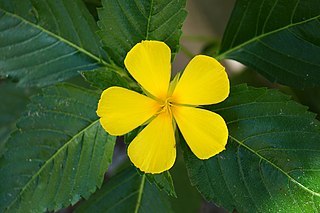This is a list of plants found in the wild in Caatinga vegetation of Brazil.
Contents
- Acanthaceae
- Amaranthaceae
- Anacardiaceae
- Annonaceae
- Apocynaceae
- Arecaceae
- Aristolochiaceae
- Asteraceae
- Bignoniaceae
- Bombacaceae
- Boraginaceae
- Bromeliaceae
- Burseraceae
- Cactaceae
- Caesalpinioideae
- Cannabaceae
- Capparaceae
- Cecropiaceae
- Celastraceae
- Chrysobalanaceae
- Clusiaceae
- Cochlospermaceae
- Combretaceae
- Convolvulaceae
- Cucurbitaceae
- Dilleniaceae
- Euphorbiaceae
- Faboideae
- Flacourtiaceae[citation needed]
- Hippocrateaceae
- Hydrophyllaceae
- Lamiaceae
- Lauraceae
- Loganiaceae
- Loranthaceae
- Lythraceae
- Malpighiaceae
- Malvaceae
- Melastomataceae
- Meliaceae
- Mimosoideae
- Myrsinaceae
- Myrtaceae
- Nyctaginaceae
- Ochnaceae
- Orchidaceae
- Oxalidaceae
- Passifloraceae
- Phytolaccaceae
- Piperaceae
- Plumbaginaceae
- Poaceae
- Portulacaceae
- Polygalaceae
- Polygonaceae
- Rhamnaceae[citation needed]
- Rubiaceae
- Rutaceae
- Sapindaceae
- Sapotaceae
- Scrophulariaceae
- Selaginellaceae
- Simarubaceae
- Solanaceae
- Sterculiaceae
- Styracaceae
- Tiliaceae
- Turneraceae
- Urticaceae
- Verbenaceae
- Violaceae
- Vitaceae
- Vochysiaceae
- See also
- References






